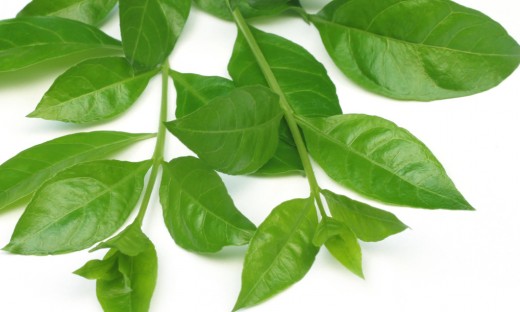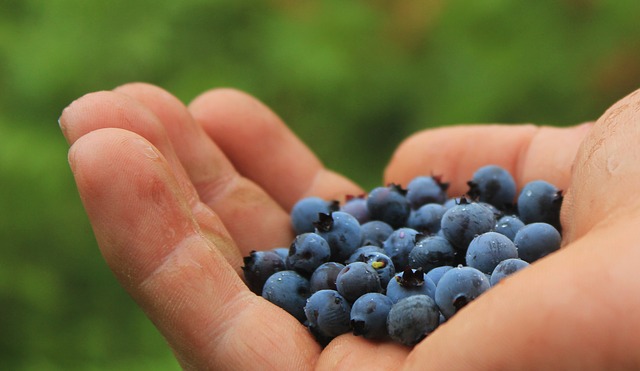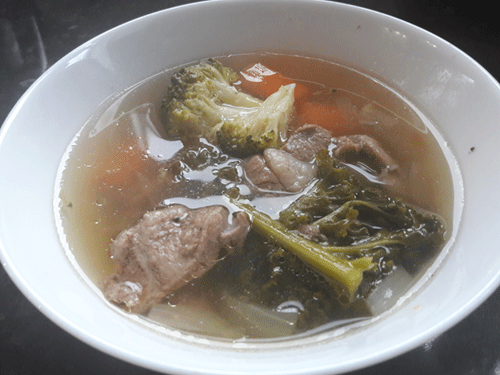Withaferin a-Induced Apoptosis in Human Breast Cancer Cells Is Mediated by Reactive Oxygen Species
© Authored by PubMed
© HealthyMuslim. See Terms and Conditions
Copy Link
Email
Print

Ashwagandha is an exotic Indian herb which has remarkable stress-relieving properties. In addition to its excellent protective effects on the nervous system, ashwaganDHA may be a promising alternative treatment for a variety of degenerative diseases such as Alzheimer's and Parkinson's. AshwaganDHA has powerful antioxidant properties that seek and destroy the free radicals that have been implicated in aging and numerous disease states. Even more remarkable, emerging evidence suggests that ashwaganDHA has anti-cancer benefits as well.
Hahm ER, Moura MB, Kelley EE, Van Houten B, Shiva S, Singh SV. Withaferin A-induced apoptosis in human Breast cancer cells is mediated by reactive oxygen species. 1. PLoS One. 2011;6(8):e23354. Epub 2011 Aug 10.
Hahm ER, Moura MB, Kelley EE, Van Houten B, Shiva S, Singh SV. Withaferin A-induced apoptosis in human Breast cancer cells is mediated by reactive oxygen species. 1. PLoS One. 2011;6(8):e23354. Epub 2011 Aug 10.
Withaferin A (WA), a promising anticancer constituent of Ayurvedic medicinal plant Withania somnifera, inhibits growth of MDA-MB-231 and MCF-7 human Breast cancer cells in culture and MDA-MB-231 xenografts in vivo in association with apoptosis induction, but the mechanism of cell death is not fully understood. We now demonstrate, for the first time, that WA-induced apoptosis is mediated by reactive oxygen species (ROS) production due to inhibition of mitochondrial respiration. WA treatment caused ROS production in MDA-MB-231 and MCF-7 cells, but not in a normal human mammary epithelial cell line (HMEC). The HMEC was also resistant to WA-induced apoptosis. WA-mediated ROS production as well as apoptotic histone-associated DNA fragment release into the cytosol was significantly attenuated by ectopic expression of Cu,Zn-superoxide dismutase in both MDA-MB-231 and MCF-7 cells. ROS production resulting from WA exposure was accompanied by inhibition of oxidative phosphorylation and inhibition of complex III activity. Mitochondrial DNA-deficient Rho-0 variants of MDA-MB-231 and MCF-7 cells were resistant to WA-induced ROS production, collapse of mitochondrial membrane potential, and apoptosis compared with respective wild-type cells. WA treatment resulted in activation of Bax and Bak in MDA-MB-231 and MCF-7 cells, and SV40 immortalized embryonic fibroblasts derived from Bax and Bak double knockout mouse were significantly more resistant to WA-induced apoptosis compared with fibroblasts derived from wild-type mouse. In conclusion, the present study provides novel insight into the molecular circuitry of WA-induced apoptosis involving ROS production and activation of Bax/Bak.
Link to this article: Show: HTML Link • Full Link • Short Link
Share or Bookmark this page: You will need to have an account with the selected service in order to post links or bookmark this page.





|
Related Articles:
- Withaferin a Inhibits Breast Cancer Invasion and Metastasis at Sub-Cytotoxic Doses by Inducing Vimentin Disassembly and Serine 56 Phosphorylation
- An Aqueous Extract of Withania Somnifera Root Inhibits Amyloid Fibril Formation in Vitro
- Ashwagandha Leaf Derived Withanone Protects Normal Human Cells Against the Toxicity of Methoxyacetic Acid, a Major Industrial Metabolite
- Behavioural and Neurochemical Evaluation of Perment an Herbal Formulation in Chronic Unpredictable Mild Stress Induced Depressive Model
- A Comparison of the Immunostimulatory Effects of the Medicinal Herbs Echinacea, Ashwagandha and Brahmi
You must be registered and logged in to comment.
Most Popular
Latest Articles
Popular Subjects
Health, fitness and longevity
Based upon the principles of health
in the Qur'an and Prophetic Traditions.
HealthyMuslim.Com
There are two bounties in which
most people lose out: good health
and free time. Al-Bukhari.
The information on this site is provided for educational purposes only. It is not intended as a substitute for professional advice of any kind.























